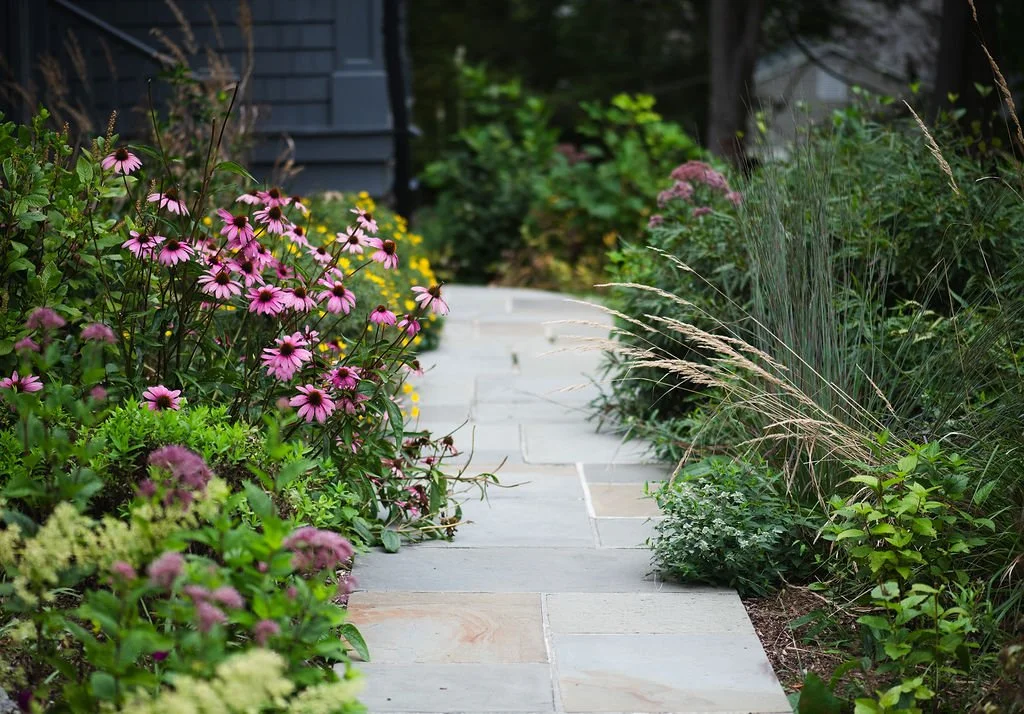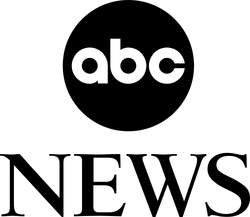
Discover Your Yard’s True Potential
Wildr helps to make your land healthier, your life more joyful, and your impact measurable.
We set out to give 77 million American landowners a simple, fun way to understand the potential of their land to restore nature and biodiversity.
That's why we built Wildr: a simple science-backed tool that supports you no matter where you are on your rewilding journey.
Your first step: the Wildr Score™
Every rewilding journey starts with a baseline. Your Wildr Score is a free, 5-minute quiz that gives you a snapshot of your yard’s health right now — and it’s full of surprises:
🌱 Fun facts about your land’s hidden potential
🤝 Neighbors rewilding near you — you’re part of something bigger
🌍 Ripple effects of your choices, from cooler streets to cleaner air
🐦 Birds observed nearby you could welcome into your yard
It’s quick, fun, eye-opening, and gives you a number you can actually improve on.
“The Wildr system is a game-changer; this is the guidance we need to restore biodiversity and all its environmental benefits one piece of land at a time.”
Doug Tallamy
Best-selling author, pioneering scientist on rewilding American yards, and co-founder of Homegrown National Park
The science behind the score
The Wildr Score is more than a quiz — it’s rooted in real ecological science. Our methods have been refined through fieldwork in backyards, schools, preserves, and corporate campuses, and guided by ecologists, rewilding experts, and restoration designers.
Wildr draws on trusted sources like EPA ecoregion maps, US Forest Service forest tools, native plant databases, ecological restoration literature, and regional wildlife indicators.
Your score reflects four key components:
Ecosystem services — how your yard helps clean the air, cool summer heat, and absorb stormwater
Native plants and habitat diversity — how many native plants you have and how they power your ecosystem
Biodiversity and wildlife presence — the abundance of pollinators, including birds and insects, that live or pass through your land. Your iNaturalist observations can even count here!
Yard management practices — your choices about yard clean up, using pesticides, and keeping on or off your outdoor lights all affect your property's nature every day
In your final score, biodiversity counts most — because the truest sign of a healthy yard is the life it supports: the birdsong in the morning, the butterflies on your flowers, the sense of a yard buzzing with activity.
It all adds up to one clear number that makes nature measurable. The goal isn’t perfection — it’s progress. A healthier, more vibrant yard than you had yesterday.
Give us feedback! We’re continually improving the Wildr Score—share your thoughts or ideas here.
Wildr’s Science Advisory Board
-

Doug Tallamy
UNIVERSITY OF DELAWARE
-

Becca Rodomsky-Bish
CORNELL LAB OF ORNITHOLOGY
-

Peter Groffman
CUNY ADVANCED SCIENCE RESEARCH CENTER
-

Andrew Reinmann
CUNY ADVANCED SCIENCE RESEARCH CENTER
-

Brad Gentry
YALE SCHOOL OF THE ENVIRONMENT

Ready to jump in?
Your Wildr Score is free, fast, and fun to take.
Ready for more help?
Go further with a Wildr Plan
Your Wildr Plan builds directly on your score.
It’s a personalized action plan with clear, science-backed recommendations for your yard — helping you take the most effective next steps with confidence.
Rewilding Quick Start Guide
Do’s
Plant native trees, shrubs, and flowers.
Native plants feed birds, bees, and butterflies. They’re the building blocks of food webs. More layers = more life.
Shrink your lawn.
Lawns are dead zones — restore life by planting native habitat.
Leave the leaves, keep the logs.
Fallen leaves, brush, and dead wood provide food, shelter, and nutrients for pollinators, soil, and wildlife.
Buy from local nurseries.
Big-box plants often come with hidden pesticides and local nurseries usually have a native plant section.
Learn and remove invasives.
Invasives destroy natural food webs.
Observe and document biodiversity.
Noticing which birds, pollinators, and insects visit your yard helps track ecological health—and your iNaturalist observations can even boost your Wildr Score.
Don't leave outdoor lights on at night.
Lights kill insects and disorient migrating birds.
Don't use pesticides or herbicides — even organic.
They all harm soil, water, and pollinators.
Don't blast leaves with leaf blowers.
You’re destroying crucial insect habitat.
Don't plant invasive exotic species.
Ornamental invaders like burning bush escape into wild lands and take over.
Don’t “clean up” too early in spring.
Wait until temps are consistently above 50°F—pollinators are still overwintering in leaves and stems.
Don’t overcrowd your landscape with hardscape.
Too much mulch, gravel, or pavement blocks habitat and stormwater absorption.
Dont’s
Weekly Support in Your Inbox
Join the Less Lawn More Life challenge — our free, 12-week guided journey to restore nature right in your own yard.
Each week, you’ll get one simple, doable action delivered by email — plus expert tips and inspiration from leaders in the rewilding movement.
Plan it Wild is bringing rewilding mainstream
Plan it Wild’s CEO and Chief Naturalist spotlight the rewilding movement sweeping America.
“In This Class, the Teacher Wants You to Be Wild. A landscaping firm in New York built an educational program to help gardeners make their landscapes more biodiverse.”
Homeowners across the country are transforming their yards with native plants — and experts say it’s reshaping the future of landscaping.









